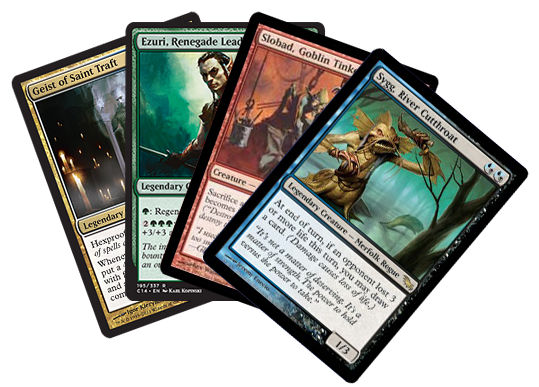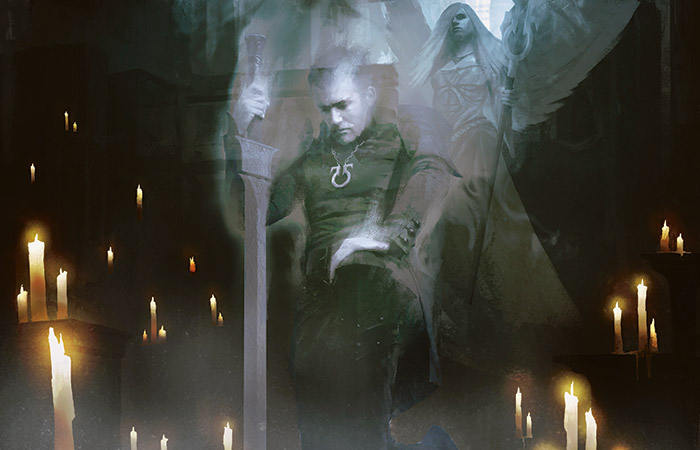Across the Multiverse, there have been many different kinds of leaders. Khans led the clans of Tarkir. Praetors led the sections of New Phyrexia. Konda led the armies of Kamigawa. But lately, there have been new, very popular kinds of leader. And they look something like this:

Geist of Saint Traft; Ezuri, Renegade Leader; Slobad, Goblin Tinkerer; andSygg, River Cutthroat
Yes, those are all legends—but don't think this is just Commander. No, the Tiny Leaders format is a new variant of Commander, and something that is quickly exploding in popularity.
Welcome to the Tiny Leaders format!

Geist of Saint Traft | Art by Igor Kieryluk
Whether you've heard of the format before or this is your first time discovering it, you're in the right place. Today, I'm going over the format's rules and history, and then jump right into to some of the decks you can build in it!
It's a format that's sort of a mix between Commander and Legacy—and it's incredibly fun.
TINY RULES, BIG GAME
Popularized up in frosty Manitoba by Bramwell Tackaberry and Steven Hamonic, the format is a spinoff of Commander with a few twists. The biggest one encompasses the "tiny" nature of the name: none of your cards (including your commander!) can have a converted mana cost of more than 3!
This makes for an interesting deck-building challenge. First, find a commander that fits the restriction that you want to build around. Then, figure out how to make it work with only cards that cost three mana or less.
Let me lay out the base rules here:
Each player starts with 25 life.
You have a legendary commander that determines your deck's color identity. You can cast over and over for 2 more each time, just like in normal Commander, except it must cost three or less.
Your deck size is 50 cards and it must be singleton (except for basic lands).
- In addition to everything on the Vintage banned and restricted list, other banned cards include: Counterbalance; Earthcraft; Edric, Spymaster of Trest; Goblin Recruiter; Karakas; Mana Drain; Metalworker; Mind Twist; Mishra's Workshop;Painter's Servant; Skullclamp; Strip Mine; Survival of the Fittest; and Umezawa's Jitte.
- You can't use Derevi, Empyrial Tactician; Erayo, Soratami Ascendant; or Rofellos, Llanowar Emissary as your commander
- The format is generally played one-on-one, unlike Commander, but you certainly can play multiplayer.
Notably, another departure from Commander is that there is no commander damage.
You can see the full rules here. But, to shortcut in your head, if you think one-on-one Commander with 50-card decks and only cards that cost three mana or less, you're there. (And, while we won't be getting into the intricacies of sideboarding in a new format today, you're also allowed a ten-card sideboard.)

No comments:
Post a Comment